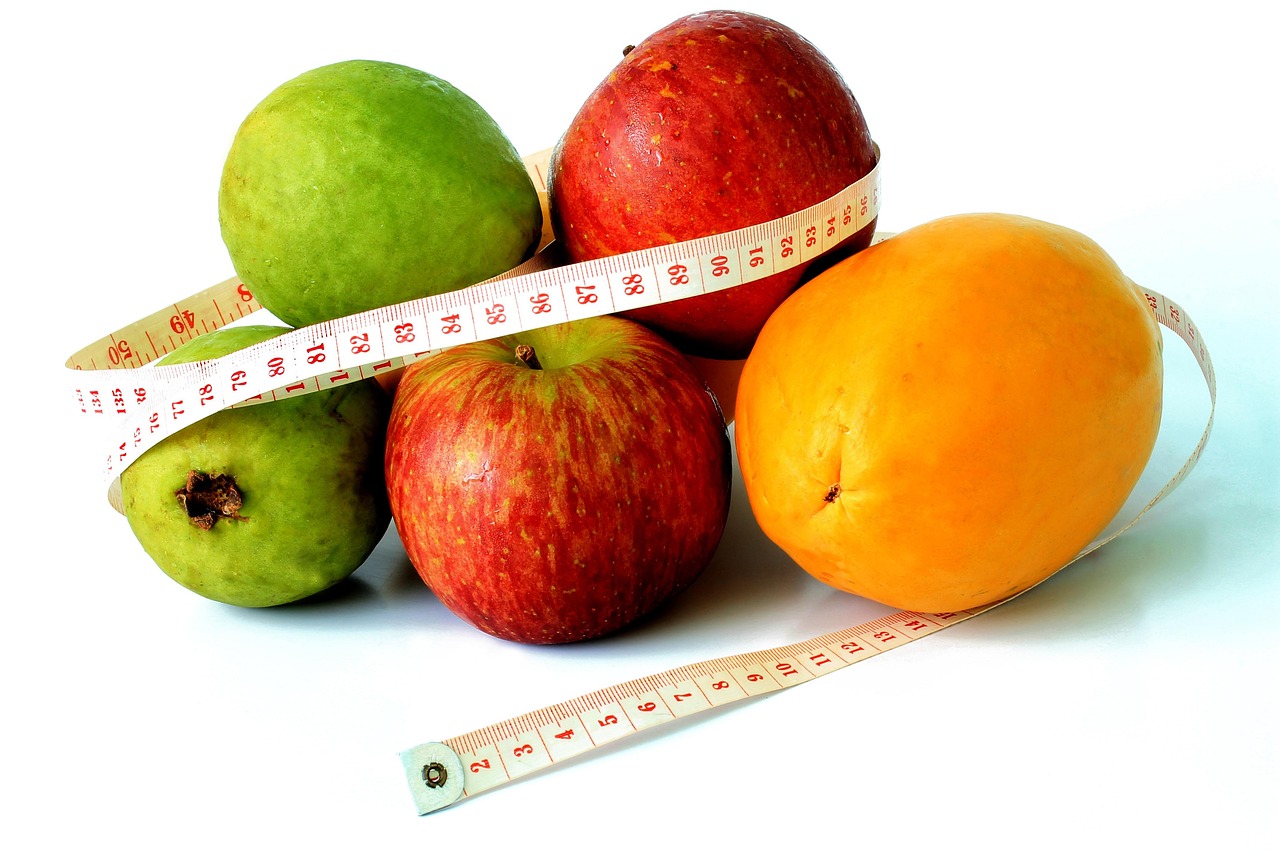Binary to HEX
Binary to HEX (Hexadecimal) is the process of converting a binary number (base-2) into its equivalent hexadecimal number (base-16). This conversion is common in computing because hexadecimal provides a more compact and human-readable way to represent binary data, especially when dealing with long binary strings.
Binary to HEX (Hexadecimal) is the process of converting a binary number (base-2) into its equivalent hexadecimal number (base-16). This conversion is common in computing because hexadecimal provides a more compact and human-readable way to represent binary data, especially when dealing with long binary strings.
How It Works:
- Group the binary number into 4-bit chunks (since 4 binary digits represent one hexadecimal digit).
- Convert each 4-bit chunk to its corresponding hexadecimal value: Each 4-bit group (or nibble) corresponds to a single hexadecimal digit.
- Combine the hexadecimal digits to form the full hexadecimal number.
Example of Binary to HEX Conversion:
Let's convert the binary number 110110101011 into hexadecimal.
- Group the binary number into 4-bit chunks:
1101 1010 1011
- Convert each 4-bit chunk to its corresponding hexadecimal value:
1101(binary) =D(hexadecimal)1010(binary) =A(hexadecimal)1011(binary) =B(hexadecimal)
- Result: The binary number
110110101011corresponds to the hexadecimal valueDAB.
Example 2:
Let's convert the binary number 101101001 into hexadecimal.
- Group the binary number into 4-bit chunks:
1011 0100 1(but we need to add leading zeros to complete the last group)0010 1101 0001becomes1011 0100 0001.
- Convert each 4-bit chunk to its corresponding hexadecimal value:
1011(binary) =B(hexadecimal)0100(binary) =4(hexadecimal)0001(binary) =1(hexadecimal)
- Result: The binary number
101101001isB41in hexadecimal.
Steps of Conversion:
- Step 1: Group the binary number into 4-bit chunks starting from the right. If the number of bits is not a multiple of 4, add leading zeros to the left.
- Step 2: Convert each 4-bit group into its hexadecimal equivalent.
- Step 3: Write the corresponding hexadecimal digits in sequence to form the final hexadecimal value.
Why Use Binary to HEX Conversion?
- Compact Representation: Hexadecimal is more compact than binary, making it easier to work with long binary values, especially in programming, debugging, and data representation.
- Human Readability: Hexadecimal is often used in programming because it is easier for humans to read and understand than long binary sequences.
- Efficient Memory Representation: Hexadecimal is used in computing to represent data in memory, file systems, and network protocols, as it provides a shorthand for binary data.
Common Uses of Binary to HEX Conversion:
- Programming: In programming, hexadecimal is used to represent memory addresses, colors, and other data structures more efficiently than binary.
- Networking: Hexadecimal is used to represent IP addresses and MAC addresses in network protocols.
- Digital Electronics: Hexadecimal is used to simplify binary numbers in the design and debugging of circuits, microprocessors, and other digital systems.
- File Encoding: Many file formats (such as images or executables) encode data in hexadecimal to make it more manageable and readable.
Binary to HEX Conversion Table for Reference:
Here’s a table showing the binary-to-hexadecimal conversions for 4-bit binary values:
| Binary | Hexadecimal |
|---|---|
| 0000 | 0 |
| 0001 | 1 |
| 0010 | 2 |
| 0011 | 3 |
| 0100 | 4 |
| 0101 | 5 |
| 0110 | 6 |
| 0111 | 7 |
| 1000 | 8 |
| 1001 | 9 |
| 1010 | A |
| 1011 | B |
| 1100 | C |
| 1101 | D |
| 1110 | E |
| 1111 | F |
Example 3:
Convert 111110111110 (binary) to hexadecimal:
- Group the binary number into 4-bit chunks:
1111 1011 1110
- Convert each 4-bit chunk to its corresponding hexadecimal value:
1111(binary) =F(hexadecimal)1011(binary) =B(hexadecimal)1110(binary) =E(hexadecimal)
- Result: The binary number
111110111110corresponds to the hexadecimal valueFBE.
Summary:
Binary to HEX conversion is essential in computing, programming, and digital electronics for simplifying and representing binary data in a more compact and readable form. It's commonly used in various fields such as networking, data encoding, memory addressing, and debugging.













